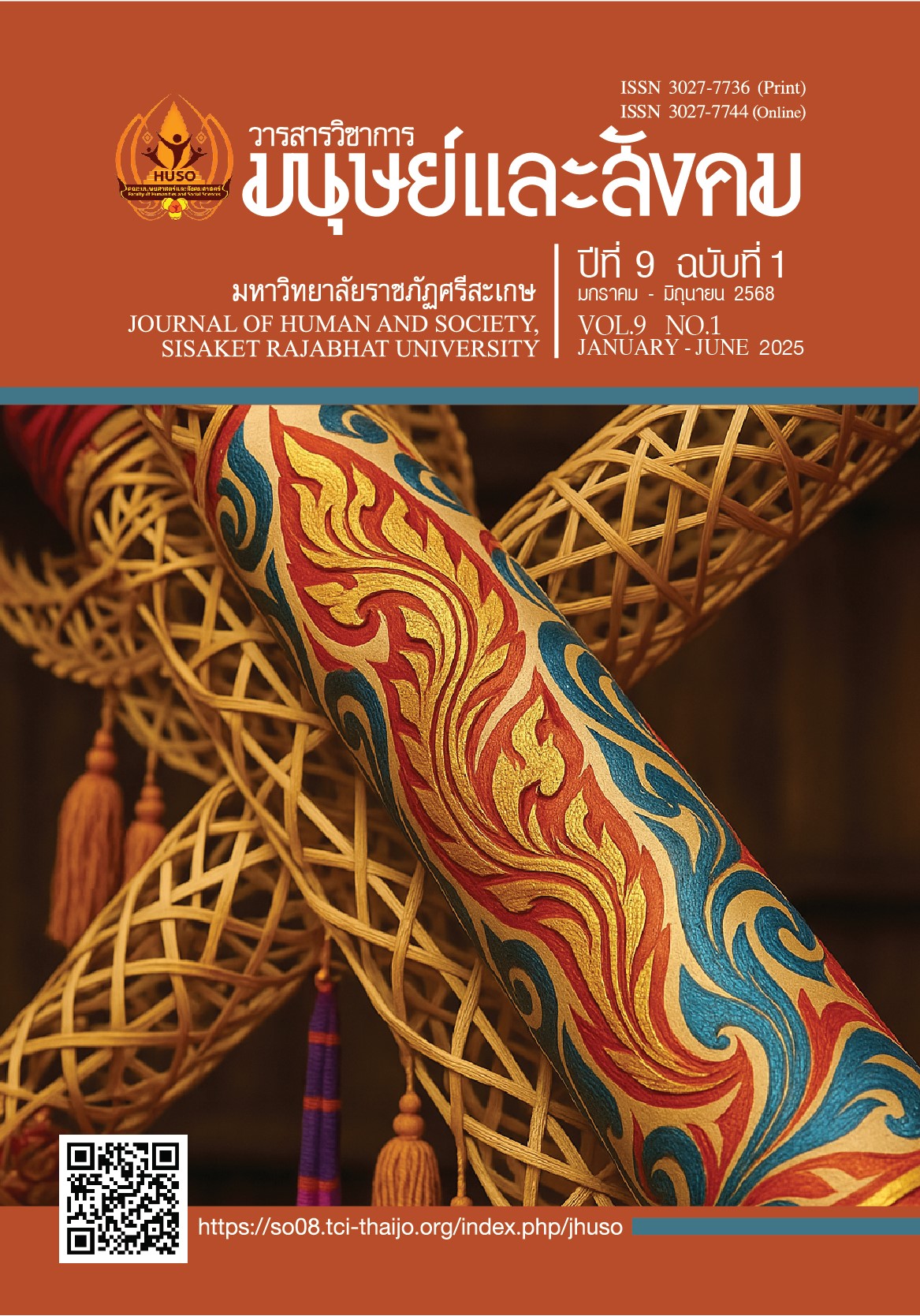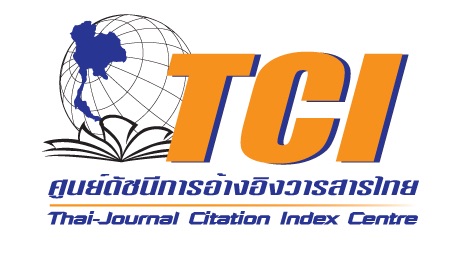Strategic Model for Establishing Service Quality Guru of Personnel of Suan Sunandha Rajabhat University, Samutsongkhram Campus
Keywords:
Strategy, Guru, Service quality, Samut Songkhram campus personnelAbstract
This article aims to study and gather information on the current desirable factors necessary for developing strategies to enhance the service quality of personnel at Samut Songkhram Campus, Suan Sunandha Rajabhat University. The research also aims to establish a strategic model to develop Guru service quality among the campus personnel. This is a qualitative study that employs purposive sampling based on the criteria of Ivey & Ivey (2008), with 18 key informants selected according to the criteria of Thomas T. McMillan (1971). The research instrument was in-depth interviews using future-oriented research techniques via the Delphi Technique. The statistical methods employed for data analysis included percentage, mean, standard deviation, median, and interquartile range (IQR).
The study revealed that: 1) The desirable factors for enhancing service quality consist of five aspects: Reliability, which should be reinforced by principles of good governance; Responsiveness, which should be improved by developing service mechanisms, human resources, and supporting technology; Empathy, which should involve linking research databases to address service needs and issues; Assurance, which should focus on enhancing foreign language and digital skills, and implementing a personnel development monitoring system; and Tangibles, which should ensure efficient material and equipment management across departments. 2) Regarding the second objective, the median and interquartile range (IQR) of the responses from key informants concerning the vision and mission of the draft strategic plan indicated unanimous consensus, with median scores mostly at 5.00 and above 3.50, and IQR values (Q3–Q1) ≤ 1.5, signifying a high level of agreement and feasibility.
The strategic model, titled SUNANDHA CIT SKILL, comprises three strategies: Strategy 1 – Developing personnel competencies to produce specialized graduates and to cultivate professional, ethical, and moral personnel. Strategy 2 – Managing the service system in education by promoting learning innovations and raising management standards to international levels through digital technology. Strategy 3 – Establishing a distinctive identity in service through innovation and creating networks for academic health services. These strategies represent an integrated framework of development, management, and identity-building aimed at enhancing Guru service quality as proposed in this research.
References
ชูชิต ชายทวีป, ธนิษฐา สมัย และรุจิรวัทน์ ลาตาล. (2565). การพัฒนารูปแบบการจัดองค์การแห่งการเรียนรู้ขององค์การบริหารส่วนตาบลในเขตอาเภอลาดยาว จังหวัดนครสวรรค์. วารสารสหวิทยาการมนุษยศาสตร์และสังคมศาสตร์, 5(1), 291-307.
พยัต วุฒิรงค์. (2562). สุดยอดการบริหารทรัพยากรมนุษย์ยุคใหม่ (ULTIMATE HUMAN RESOURCE MANAGEMENT IN THE NEW ERA). สำนักพิมพ์แห่งจุฬาลงกรณ์มหาวิทยาลัย.
ภัทรพร สุวรรณพล. (2562) . การวิเคราะห์ช่องว่างคุณภาพการบริการ : กรณีศึกษา วิทยาลัยนานาชาติ มหาวิทยาลัยราชภัฏเชียงใหม่ [ค้นคว้าอิสระ บัณฑิต วิทยาลัย]. มหาวิทยาลัยราชภัฏเชียงใหม่.
วิรัตน์ ชนะสิมมา และทตมัล แสงสว่าง. (2564). คุณภาพการให้บริการที่ส่งผลต่อความพึงพอใจของประชาชนชำระภาษีท้องถิ่นกับเทศบาลตำบลหนองนาคำ กรณีศึกษาตำบลบ้านโคก อำเภอหนองนาคำ จังหวัดขอนแก่น. คณะบริหารธุรกิจ มหาวิทยาลัยภาคตะวันออกเฉียงเหนือ. วารสารวิชาการและวิจัย, 11(2), 15-28.
Pierre, G, Puerta, M.L.S., Valerio, A. & Rajadel, T. (2014). STEP skills measurement surveys : innovative tools for assessing skills. World Bank Group.
Ivey, A. E., & Ivey, M. B. (2008). Essentials of intentional interviewing: counselling in a multicultural world. Thomson Brooks/Cole.
Benjawan, K, Thoongsuwan, A. & Pavapanunkul, S.. (2018). Innovation Management Model of World Heritage City Museum on Historical Park for Creative Tourism in the Lower Part of Northern Thailand. PSAKU International Journal of Interdisciplinary Research, 7(1), 110-120.
Macmillan, T. T. (1971) . The Delphi Technique. Clearinghouse.
Marquardt. M.J. (2002) . Building the Learning Organization: Mastering the s Element for Corporate Learning. Davies-Black Publishing.
McClelland, D. C. (1973) . Testing for Competence Rather Than for Intelligence. American Psychologist, 28(1), 1-4.
McLagan, P. (1980). Competency Models. Training and Development Journal, 34(1), 12-23.
Murray, J. W., & Hammons, J. O. (1995). Delphi: A Versatile Methodology for Conducting Qualitative Research. The Review of Higher Education, 18(4), 423-436.
World Economic Forum. (2022). The Jobs Reset Summit.: These are the top 10 job skills of tomorrow – and how long it takes to learn them. https://www.weforum.org/agenda/2020/10/top-10-work-skills-of-tomorrow-how-long-it-takes-to-learn-them/
Zeithaml, V.A., Parasuraman, A., & Berry L.L. (1990). Delivering quality service: Balancing customer receptions. Simon and Schuster.
Downloads
Published
How to Cite
Issue
Section
License
Copyright (c) 2025 Journal of Human and Society, Sisaket Rajabhat University

This work is licensed under a Creative Commons Attribution-NonCommercial-NoDerivatives 4.0 International License.







